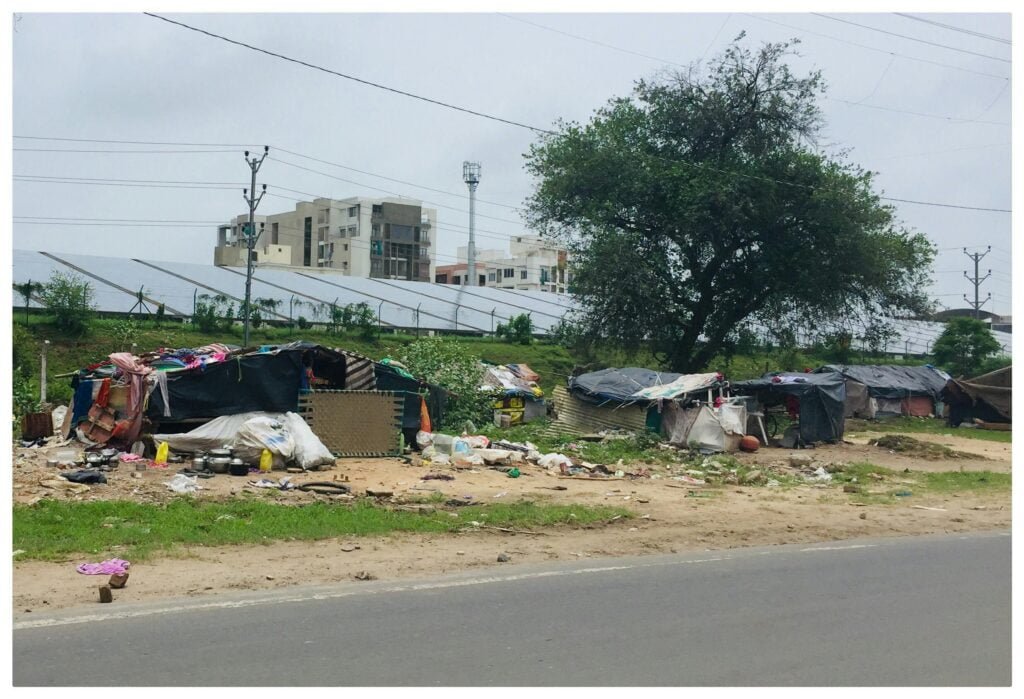Introduction to Indian Handicrafts
Indian handicrafts are a part of the significant share of the country’s cultural heritage. They reflect the deep-rooted tradition of art and craftsmanship. Handicraft is basically any object that is handmade, often following techniques passed down from one generation to the other old. It includes all sorts of arts, like handicraft clothes, pottery, things made of wood, metal, and jewellery. There are various handicraft items designed in different parts of India, using things from that place and reflecting the culture of the place. This shows that there are many different kinds of handicrafts all over India.
Indian handicrafts are thousands of years old; in fact, the existence of handicrafts is known to be documented in ancient texts and even found at archaeological sites. Just like India has different places, there are also different kinds of handicrafts that come from different cultures. These handicrafts use items that are found in the area and unique ways of making things that are only used in that place. The utilization of natural fibers, clay, and metals is common in different regions. This allows artisans to create functional as well as decorative items. These include weaving, embroidery, carving, and painting and differ for different states of India. It is so because each state has its traditions and available resources.
Indian handicrafts are not only highly aesthetically beautiful but also play a very vital role in the economy, from which thousands of Indians earn their livelihood Many artisans are members of cooperative societies or practice as independent craftspersons, which contribute to the economy of the respective rural areas and ensured the continuation of ancient traditions. These crafts provide job opportunities, help in skill development, and promote entrepreneurship among local artisans. Though handicrafts are very important, they can be difficult to sell and keep going in today’s world. This is because it can be hard to find places to sell them and to make sure they are made in a way that is good for the environment.
Effects of Climate Change on Materials Used in Handicrafts
Now, it starts getting clear how the climatic change is affecting Indian handicrafts. The artisans find it tough to deal with changing climate conditions. Handicrafts depend on lots of raw materials including wood, clay, and different sorts of fiber. Because of more unpredictable weather and increasing temperatures, the availability and quality of these essential materials is getting affected.
Certainly one of the most impacted materials is wood. After all, there are many handicrafts that require it, including furniture, carvings, and many more musical instruments. Deforestation made worse by uncertain rainfall patterns and long periods of drought reduce the tree population. Also, warm weather helps pests grow, which can make trees sick. Such a loss affects not only the quality of wood that artisans require but also disrupts traditional methods of craftsmanship passed from generation to generation.
Similarly, this climatic change impacts clay used in pottery and sculpture. This change in rainfall may also impact the availability and quality of clay deposits. For example, an increase in drought for a long period may lead to the scarcity of clay materials since artisans may not get clay material which may suit their works. Therefore, low clay supplies may influence the crafts and the finished product in regard to quality.
Textiles and other handicrafts greatly rely on natural fibers such as cotton, jute, or silk. Climatic change may influence crop harvests or the quality of fibers in a way that decreases the textile artisanship. The unpredictable monsoon season may, for example, lead to poor cotton harvests, and therefore, affects both garments and home furnishings.
In short, climate change is making things difficult for an Indian handicrafts artisan to source materials for making his or her handicrafts. That is the problem because it can hurt their culture as well as how they make their living. There should, therefore, be new ways adopted to adapt to changing conditions.

Challenges Faced by Artisans Due to Climate Change
Climate change is increasing in every way and is adversely affecting Indian artisans. These traditional craftsmen and women, who create various handicrafts, are having a hard time making a living and keeping their skills alive. Let us look into those challenges.
Financial Problems
Artisans are facing financial problems due to environmental changing. Weather changes affect the sources of raw materials required to manufacture their crafts from the natural sources of fibers, dyes, and wood. The floods or droughts can be extreme weather cases that prevent artisans from finding their raw materials. These actions increase the cost for the materials and really have a negative impact on the production of the artisans. Thus, they are paid lower and cannot hold on to their craft since nobody would care to buy stuff when there is an irregular supply.
Health Issues
Health issues also present more enormous challenges for the artisans, particularly as climatic-related factors seem to expose them to harmful elements. For example, extreme temperatures increase cases of diseases related to the respiratory system for artisans handling natural dyes or working in poorly ventilated spaces. Exposure to elements for a long period also causes heat-related illnesses, making it difficult for the artisans to maintain their craft under such conditions.
Traditional Knowledge Loss
Changes in the environment are also hurting the traditional knowledge and skills passed down from generation to generation. The artisans have to change their methods and ways of making things to deal with problems caused by climate change. This might make them lose their traditional ways of doing things and their cultural identity.
Arts that are important to local communities and cultures might disappear if people do not help them and are not aware of the problem. Altogether, climate change is a serious threat, and these challenges need to be addressed to sustain the artisans’ livelihood and Indian handicrafts.

Adaptive Strategies and Future Outlook
Climate change in Indian handicrafts has forced the artisans and communities to develop innovative adaptive measures. These are important for the survival of traditional crafts under new environmental conditions.
Use of Alternative Materials
One of the most common adaptation strategies being followed is using alternative materials. As traditional resources are becoming scarce or less feasible, artisans are more and more shifting to sustainable substitutes. For example, switching from synthetic dyes to organic ones would not only help to follow with eco-friendly practices but also appeals to a growing market of conscious consumers. So, this way of changing the material sourcing, show a proactive approach to climate challenges.
Changing Production Techniques
On a more serious level, changes regarding production techniques are also needed to ensure that the quality and authenticity of handicrafts are maintained. Modern tools and technologies are now being utilized by artisans without necessarily replacing the traditional craftsmanship involved. These technologies can make the activity more resource-free and resource-resistant to climate factors. For example, taking up solar-powered equipment will not only reduce the carbon footprints but also enable the craftsmen to work with maximum efficiency irrespective of the climatic changes. Taking the steps towards more eco-friendly practices ensures that traditional crafts do not lose their original appeal but stay feasible in the market today.
Income Diversification
Beside changing their production methods, the artisans are currently looking for new markets that will present to them alternative means of making incomes. The collaborations with designers and attending the global trade fairs provide the artisans more avenues to showcase their work. This change helps the artisans deal with the financial problems caused by local challenges, so they can still do well even though the climate is changing.
Support Systems
Various initiatives and support systems are also being established to help artisans in navigating these changes. Government programs and non-profit organizations are increasingly providing training in sustainable practices and access to resources that empower artisans. As these support structures develop, they build resilience among craftspeople and promote the longevity of Indian handicrafts.
Looking towards the future, there remains positivity for Indian handicrafts. So, with the help of these adaptive strategies and support systems, artisans can not only sustain their crafts but also contribute to a more sustainable and resilient industry.
Do share your thoughts by commenting below.






